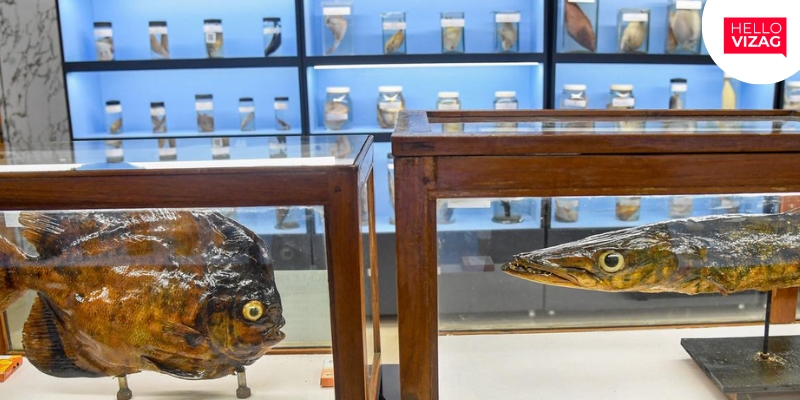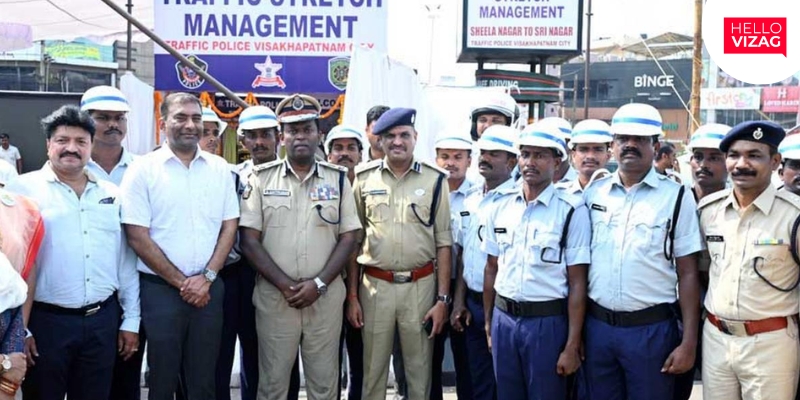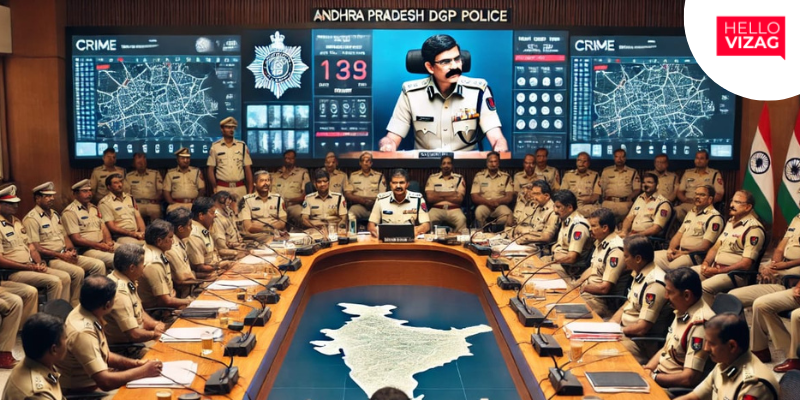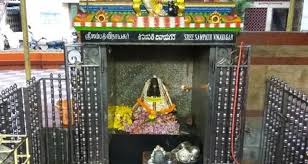Marine Museum in Visakhapatnam Introduces QR Codes for Specimen Information
The recently renovated marine museum at the Fisheries Survey of India (FSI) Zonal Base in Visakhapatnam has introduced a new way for visitors to learn about marine specimens through QR codes.
This innovative approach is particularly beneficial for students, researchers, and the general public interested in marine life.
Over 100 exhibits in the museum now feature QR codes, with plans to extend this to the remaining exhibits soon. This technology allows visitors to use their smartphones to access detailed information about each specimen simply by scanning the codes.
D. Bhami Reddy, Head of FSI, Vizag, explained, "QR coding is being done for all the specimens in the renovated museum for the benefit of students and visitors. On scanning the code on their mobile phones, visitors can get the complete history of the specimen."
The museum boasts around 250 specimens, preserved in formalin and water, displayed in glass jars. Among the notable exhibits are a 2-meter-long sea cow, a 1-meter-long barracuda, and a sickle fish.
The collection also includes rare species such as mollusks from the Andaman and Nicobar Islands, spider crabs, a crocodile shark, a white sea horse, a horseshoe crab from the Odisha coast, and a lobster from the Andaman Islands.
G.V.A. Prasad, a Junior Fisheries Scientist at FSI, highlighted the educational value of the museum, noting that students from various states visit the museum during their training at the National Institute of Fisheries Post Harvest Technology and Training (NIFPHATT), Vizag. "On average, we are getting between 150 and 250 visitors a month to the museum," he said.
This new digital approach not only modernizes the way information is accessed but also enhances the learning experience, making it more interactive and comprehensive for all visitors.
For More Updates: Follow Us https://www.instagram.com/hellovizag.in/

 Team Hello Vizag
Team Hello Vizag




















